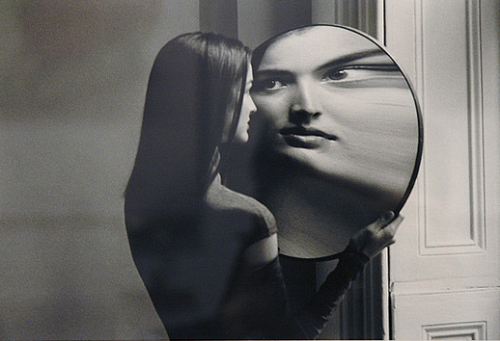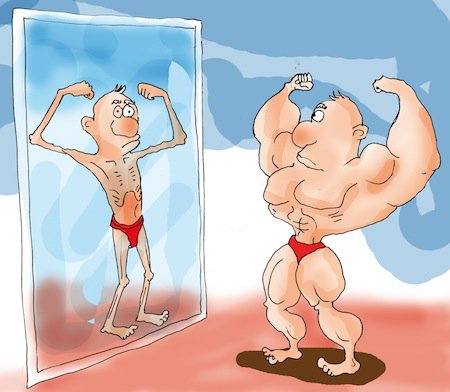“ Real beauty isn’t about symmetry or weight or makeup; it’s about looking life right in the face and seeing all its magnificence reflected in your own.”
(Valerie Monroe)

“15 yr old 10th grade girl, not attending school, saying that she was not good looking and her face has some asymmetry. She doesn’t want to go out, and if at all she goes out, she covers her most of her face with scarf. She expresses severe suicidal ideas and was very much depressed.”
Most of us have something we don’t like about our appearance — a crooked nose, an uneven smile, or eyes that are too large or too small, but they don’t interfere with our daily lives.
Body Dysmorphophobic Disorder (BDD) people think about their real or perceived flaws for hours each day.
 They can’t control their negative thoughts and don’t believe people who tell them that they look fine. Their thoughts may cause severe emotional distress and interfere with their daily functioning. They may miss work or school, avoid social situations and isolate themselves, even from family and friends, because they fear others will notice their flaws.
They can’t control their negative thoughts and don’t believe people who tell them that they look fine. Their thoughts may cause severe emotional distress and interfere with their daily functioning. They may miss work or school, avoid social situations and isolate themselves, even from family and friends, because they fear others will notice their flaws.
They may even undergo unnecessary plastic surgeries to correct perceived imperfections, never finding satisfaction with the results.
Who they are? & what they do?
BDD is a body-image disorder characterized by persistent and intrusive preoccupations with an imagined or slight defect in one’s appearance.
They can dislike any part of their body, but most commonly find fault with their hair, skin, nose, chest, or stomach. In real sense, a perceived defect may be only a slight imperfection or nonexistent, but for people with BDD, the flaw is significant and prominent, often causing severe emotional distress and difficulties in daily functioning.
Most often it develops in adolescents and teens, and research shows that it affects men and women almost equally.
They suffer from obsessions about their appearance that can last for hours or up to an entire day. This can lead to low self-esteem, avoidance of social situations, and problems at work or school.
They may avoid leaving their homes altogether and may even have thoughts of suicide or make a suicide attempt.
They may perform some type of compulsive or repetitive behavior to try to hide or improve their flaws.
Examples are:
- Camouflaging (with body position, clothing, makeup, hair, hats, etc.)
- comparing body part to others’ appearance
- seeking surgery
- checking in a mirror
- avoiding mirrors
- skin picking
- excessive grooming
- excessive exercise
- changing clothes excessively
Treatment
CBT & Antidepressants
“The human body is the best work of art.”
(Jess C. Scott)
